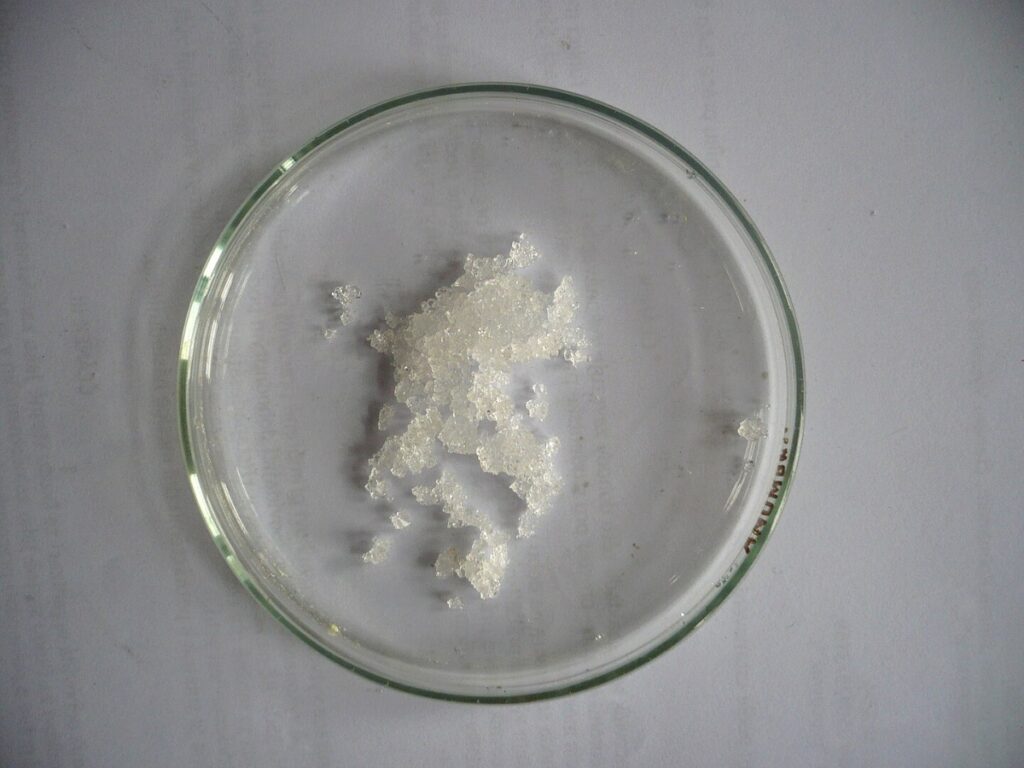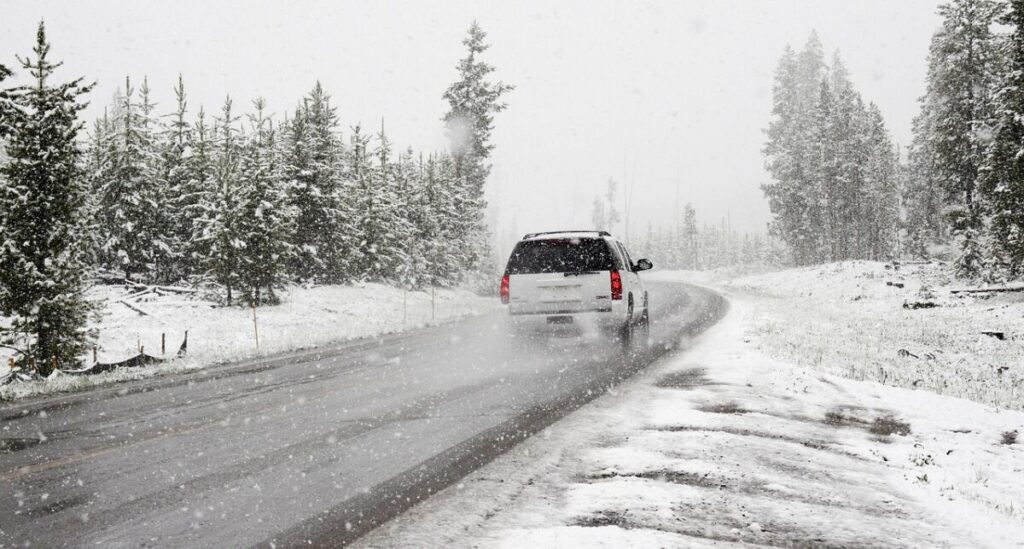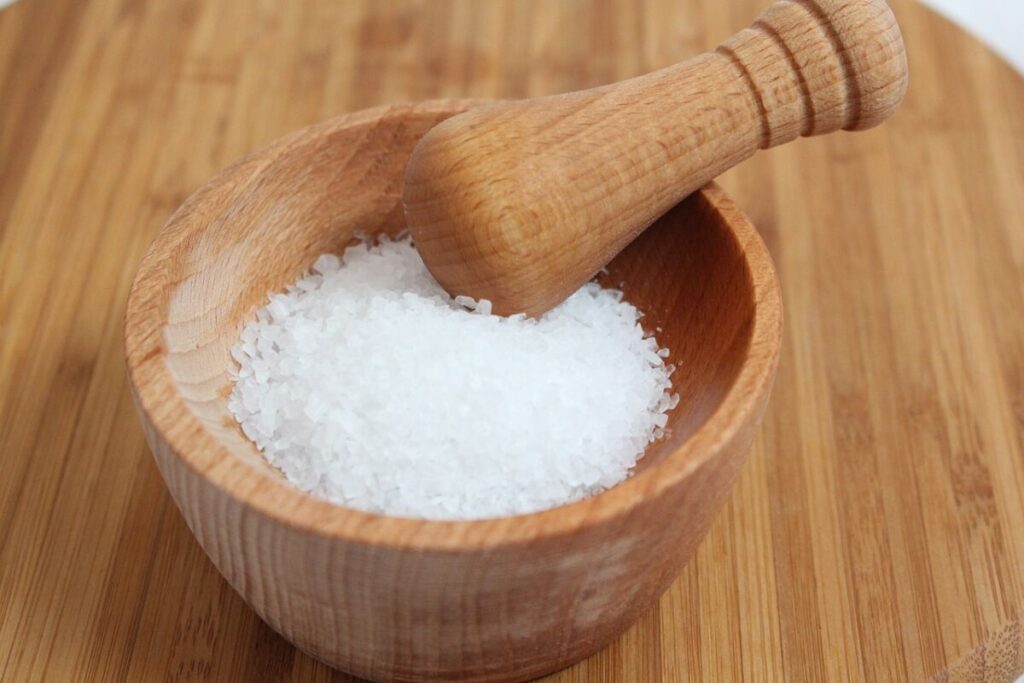Is ice melt bad for the environment? Yes, ice melt can be bad for the environment. Although they have some upside uses for safety.
These products typically come in solid form and are used to keep sidewalks and other walkways free of snow and ice during winter. They are used for streets and roads to keep them from being slippery.
They are primarily composed of salt or some other chemical that lowers the freezing point of water, preventing it from turning into ice on contact.
So, is ice melting bad for the environment? Ice melt products are bad for the environment, increasing the risk of flooding and rising sea levels.
Types of ice melt

This product has three types: calcium chloride, magnesium chloride or potassium acetate, and sodium chloride as a deicer. All of these products can be bad for the environment.
Calcium chloride

It is a salt that can damage vegetation and corrode concrete. It is also hazardous to animal life and can be dangerous for groundwater.
See Related: Climate Change Quotes That Will Surprise You
Magnesium chloride

It is a corrosive liquid that can damage vegetation and corrode concrete, metal, and other plastics. Magnesium chloride de-icing products are less corrosive than calcium chloride counterparts, yet they’re dangerous for animal life and wildlife. They also pose a serious threat to aquatic organisms and can contaminate groundwater.
See Related: Energy Conservation Techniques
Sodium chloride

It is corrosive and damages concrete, metals, and vegetation. Sodium chloride is also dangerous for animals and aquatic life, such as fish and algae. It degrades the quality of soil in the area where it’s stored or used.
See Related: Best Conservation Books to Read
Effectiveness

Ice melt products are effective at keeping ice off sidewalks but aren’t very good for the environment. There are some upsides to using deicers. They can break up and melt ice, increase traction on slippery roads and sidewalks, and reduce accidents.
See Related: Stylish Eco-Friendly Backpacks
How do people use chemical ice melt?

Chemical deicers help clear snow and ice from sidewalks, roads, parking lots, driveways, and trails. People may also use these chemicals to prevent the formation of snow and ice on roofs.
Use chemicals safely; Always read the label first! Avoid harming yourself and the environment by following these steps:
- Provide adequate ventilation when applying deicer chemicals
- Put down plastic or wax paper (before applying the chemical) to catch any excess chemicals on your shovel or mop.
- If using a mop, always use rubber gloves and dispose of the water properly if any chemicals are left on it.
- After applying ice melt products, add sand to decrease runoff. Be careful not to overuse this method, as you do not want to affect water quality.
- Do not mix chemical products with fertilizers, pesticides, or other chemicals without checking the label.
- Be sure to mark all your chemicals so that there is no chance of anyone mistaking them for food or drink.
If people used alternative ice melter products or stopped using them completely, there would be fewer effects on the environment. However, it’s important to ensure the people walking on the ice don’t slip.
See Related: Are Bath and Body Works Candles Toxic
How do people dispose of chemical ice melt?

Chemical ice melter can be disposed of in a variety of ways. The most popular method is by applying the chemical to the desired location. Some people will also sweep up excess ice melt after it has melted and dispose of this material in a landfill or recycling center.
This is not recommended because sweeping ice melts into drains will allow it to flow directly into waterways. People can also store leftover chemicals in airtight containers until they are ready to be used again or disposed of in a landfill. People often store ice-melt chemicals in sheds, garages, or under their porch.
Some people pour the leftover material directly into storm drains that connect to untreated waterways. This is especially dangerous because it allows for quick entry of chemicals into the environment without allowing time for them to dissipate or evaporate first.
See Related: Is Parchment Paper Compostable?
What are the laws concerning ice melt disposal?

Many states have begun requiring that ice melter chemicals be disposed of in a landfill after use. This is because runoff containing these materials can flow directly into natural waterways without being treated first.
Many cities are now recycling some waste ice melt, but this does not change the fact that it still poses environmental concerns. Lime, soda ash, and urea are three ice melt types currently being recycled into fertilizer.
See Related: Best Books on Pollution
What are the alternatives to chemical ice melts?

Ice melter can be made from several sources, including traditional materials such as sand or sawdust. Other options include using less corrosive chemicals like calcium magnesium acetate or potassium formate/formic acid.
Some products that contain ingredients that prevent snow and ice formation are also available. Another option is to use completely non-chemical deicing materials such as heaters, hot water, or steam.
See Related: What is the Environmental Impact of Fracking?
Can rock salt be used as an alternative ice melt?

Yes, it is an alternative. It is sometimes used as an alternative to chemical ice melts because it contains no harmful chemicals. However, this method does not provide the level of effectiveness that ice melt chemicals do. If overused or spilled, it can still cause problems for your plants and other materials.
Salt can be used as an alternative but is harmful to the environment. This method can easily result in runoff, affecting nearby areas and waterways. All of these alternatives are better than using ice melt products because they cause less damage to the environment and do not pose a threat to aquatic life.
Minimizing the use of ice melter products would be the best solution for the environment. Although some ice melter alternatives are effective, using them instead of chemical deicer products is better for the environment.
Chemical deicers can damage vegetation and corrode materials such as metal and concrete while threatening wildlife and aquatic life. Many alternatives to ice melter products exist, but none are as effective.
People can minimize the impact of ice melter products by using alternatives when possible and disposing of excess in a safe and environmentally friendly way.
See Related: How to Make Home More Energy Efficient?
How does chemical ice melt affect humans?

Human health is also affected by chemical ice melter. People can come into contact with these chemicals through dermal exposure, inhalation of the particles, and ingestion.
Some products, such as calcium magnesium acetate or potassium formate/formic acid, do not pose a significant risk to human health because they are generally considered safe for use around humans and vegetation. Mineral salts, calcium chloride, and potassium chloride can harm humans.
These chemicals are corrosive and harmful if ingested or inhaled. Skin contact with these products is also dangerous because they can cause problems such as dermatitis or irritation.
See Related: Best Compostable Mailers
How does chemical ice melt affect vegetation and landscaping?

Chemical ice melter affects vegetation and landscaping in many ways. They can be dangerous for animals, damage or even kill vegetation, and cause runoff, contaminating waterways as they flow into the surrounding area.
Several different types of chemicals are used as ice melt products, each with a different environmental impact. The most commonly used chemical deicers include the following:
- Sodium chloride (rock salt)
- Urea (mineral salts, prills)
- Calcium magnesium acetate (CMA)
- Potassium acetate/Acetic Acid (Pot Ac) or Sodium formate/Formic Acid (Sofo).
- Magnesium chloride/Hydrochloric acid
- Calcium Chloride
- Potassium Chloride
Some ice melter products may contain a combination of chemicals, including sodium chloride and calcium chloride. Wool fibers have a negative charge, while soil particles have a positive charge.
Sodium ions from the salt enter the plant cells and move into the water with a state change. This causes a loss of valuable plant nutrients, so some chemical ice melts can kill vegetation.
See Related: Important Pros and Cons of Biofuels to Know
How does chemical ice melt affect wildlife?

Although some animal species are more affected by ice melter chemicals than others, all animals are susceptible to damage from chemical deicers.
Some species, such as honeybees and butterflies, are particularly sensitive to chemical ice melts. Other animals, such as birds, deer, and small mammals, can be affected by ingestion or exposure to ice melt chemicals.
One study showed that about half of the birds found dead in a particular area were killed by contact with ice melt chemicals. Animals can also ingest ice-melt chemicals while feeding on contaminated vegetation, which can be lethal.
See Related: Importance of Wildlife Conservation
How does chemical ice melt affect waterways?

Much chemical ice melts cause runoff, which contaminates nearby waterways and ecosystems. Runoff from these products can pollute an area for a significant amount of time, depending on the concentration of the chemicals in the product and other factors such as temperature and precipitation. Even the best deicers can harm surrounding areas if spilled or overused on sidewalks and driveways.
See Related: Best Small Pellet Stoves
How does chemical ice melt affect the atmosphere?

Ice melter products release gasses such as chlorine and ammonia, which can harm the environment. The precise effect of ice melts on atmospheric conditions is unclear. Still, it has been shown to increase ozone formation in enclosed spaces, which can harm human health, buildings, vegetation, and wildlife.
See Related: Best Eco-Friendly Glitters Alternatives
Conclusion
Minimizing the use of ice melter products and disposing of excess safely and environmentally friendly will help reduce the harmful effects on vegetation, wildlife, waterways, and atmospheric conditions.
Chemical ice melts greatly impact the environment, both directly and indirectly. They can harm plants and animals, pollute waterways, increase indoor air pollution, and corrode structures.
Although some chemical deicers are effective at melting snow and ice, using them instead of products that cause less environmental damage is the best option.
We can always use natural ice-melting materials like hot water or steam. We use these products for our safety but also need to lessen it and find alternatives to save our environment.
See Related: How To Be An Environmentalist?
FAQs
What is the most environmentally friendly ice melt?
The most environmentally friendly ice melt is a type of de-icer made from natural and biodegradable materials, such as calcium magnesium acetate (CMA) or potassium acetate. This type of ice melt is considered environmentally friendly because it does not contain harmful chemicals that can harm plants and animals.
CMA and potassium acetate are less corrosive than traditional ice melt products, making them safer for concrete and metal surfaces.
How do you melt ice environmentally friendly?
It is possible to melt ice in an environmentally friendly way. One way to do this is using eco-friendly ice melt products made from natural ingredients such as calcium magnesium acetate, potassium acetate, and sodium chloride. These products are effective at melting ice and safe for the environment, pets, and plants.
Another way to melt ice in an environmentally friendly way is by using hot water or heated sand to melt the ice instead of using chemicals. This method is effective for small areas and can be a good alternative to ice melt products.
Is ice melt bad for soil?
Is ice melt bad for soil? Ice melt can be bad for soil if it contains high salt levels. When ice melt containing salt is applied to soil, it can cause the soil to become more alkaline and can damage plant roots. However, if the ice melt is salt-free, it can actually be beneficial for soil by providing moisture and helping to break up compacted soil.
How harmful is ice melt?
Ice melt is harmful to the environment. It can lead to various negative consequences, including water pollution, damage to aquatic life, and soil erosion. Additionally, the chemicals in ice melt can harm pets and wildlife. Using ice melt responsibly and sparingly is important to minimize its negative environmental impact.
Related Resources
